Located in the heart of Europe, Berlin is one of the most colorful European cities, combining history with modern life. The city, which has hosted many important historical events from World War II to the Cold War, also appeals to every traveler with its innovative art scene, vibrant nightlife and multicultural structure. In this Berlin travel guide, in addition to the things to do in Berlin, I will also include details such as what you should know before going to Berlin, transportation, dining, shopping, etc.

Things to Know Before Traveling to Berlin
- Berlin is the capital of Germany.
- You must have a Schengen visa to visit Germany.
- Euro is used as the currency. Although credit cards are widely used, cards are not accepted in some street food shops or most stalls in street markets.
- Berlin is generally a safe city, but you should be careful about petty crimes such as pickpocketing, especially in touristic areas and on public transportation.
When to visit Berlin?
Berlin is a city that offers different experiences throughout the year, so the “best time” to visit depends entirely on personal preference.
The spring and fall months, especially May and September, are ideal for exploring the city. The weather is not extremely cold and the city’s parks and green spaces are very pleasant. Also, these seasons are a bit quieter as they come before and after the peak tourist crowds.
Summer is the best time to visit Berlin in terms of weather conditions. There are also outdoor events, festivals and concerts in the city during the summer months. Of course, due to this popularity, you should be aware that accommodation prices rise and crowds increase in tourist attractions.
In winter Berlin gets really cold and it gets dark very early, but the Berlin Christmas markets are just as enjoyable. So we cannot rule out the winter months.
This year I went to see the Christmas markets. Until 3 days before I went, everyone was talking about the terrible cold, but luckily the temperature rose about 10 degrees and it turned into a normal winter season.
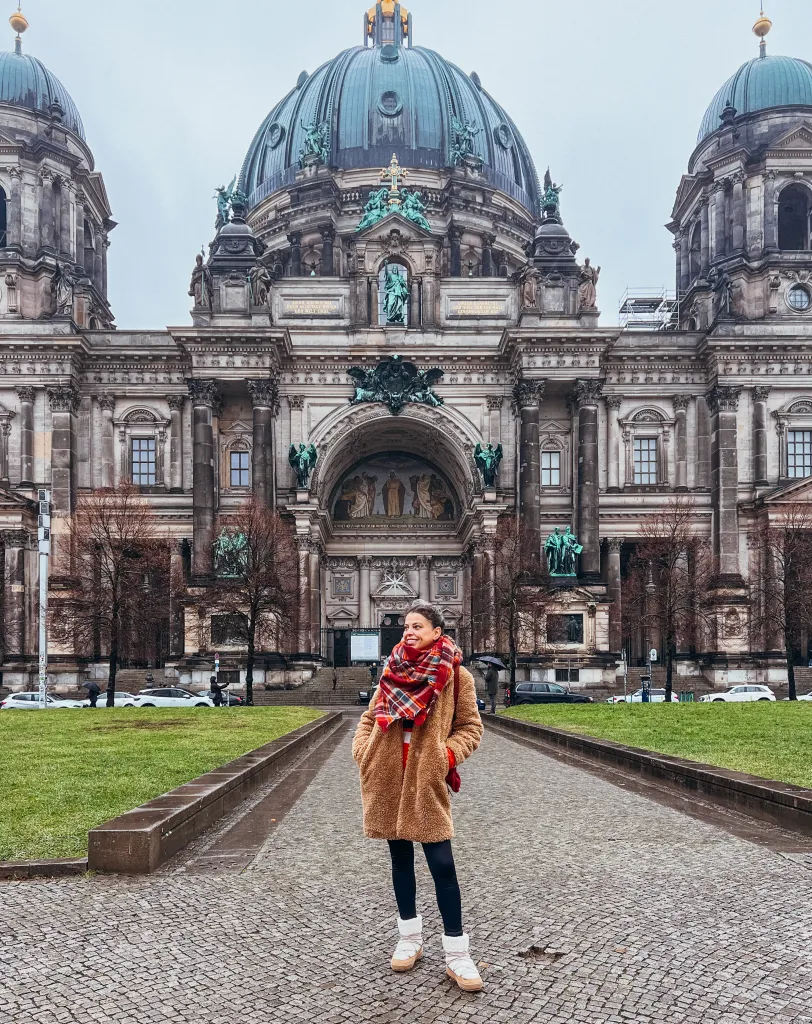
How Many Days to Visit Berlin?
The ideal amount of time to explore Berlin will vary depending on your personal interests and the intensity of the places you want to visit. However, I recommend at least 3 days to visit the main sights and neighborhoods of the city. 3 days should be enough to visit the main sights, and if you have more time, you will have the opportunity to experience the city a little more like a local and explore the lesser known places.
Of course, the period you are going is also very effective in terms of duration. For example, if you are going in December, I think you need at least 5 days to visit the Christmas markets and tourist attractions together. Berlin is a very vibrant city with new stories to discover around every corner, so I recommend keeping your plans flexible to the rhythm of the city.
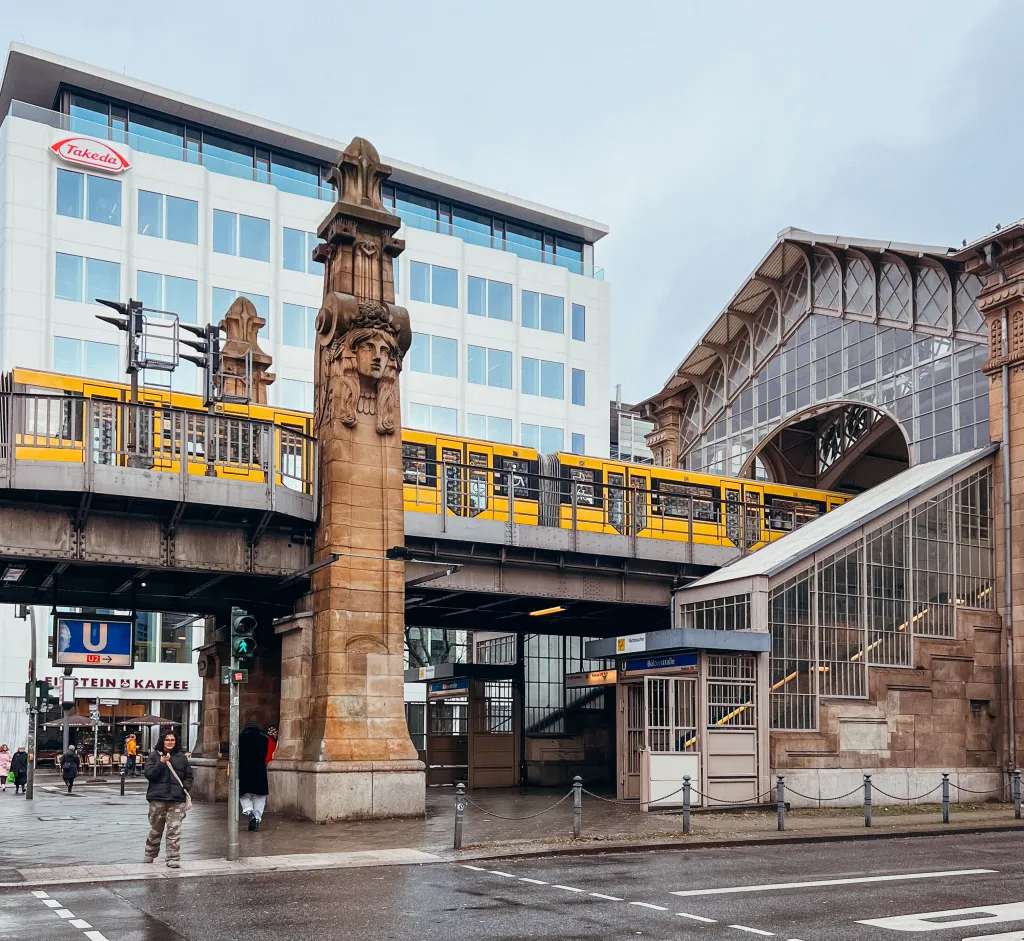
Berlin Accommodation Guide
Berlin is a city that offers a variety of accommodation options for all types of travelers. Whether you are looking for a luxury hotel or an affordable hostel, Berlin has something for every taste and budget. When choosing your accommodation, it is important to consider your personal interests.
Mitte is the historical center of Berlin. This area is ideal for first-time visitors as it is within walking distance of many major sights. Prenzlauer Berg, with its green areas, is a good option for families and those looking for a quiet city experience. Friedrichshain is the best neighborhood for those who focus on nightlife.
I recommend you to read my article where I describe more alternative neighborhoods in detail and give well-researched hotel recommendations for each neighborhood. Where to stay in Berlin?
When I travel to Berlin, I always prefer to stay in the Mitte neighborhood. Let me share the hotels that I have stayed in according to my budget and I was very satisfied: Adina Apartment Hotel Berlin Checkpoint Charlie, Generator Berlin Alexanderplatz, Lulu Guldsmeden
Click here for all suitable accommodation alternatives in Berlin.
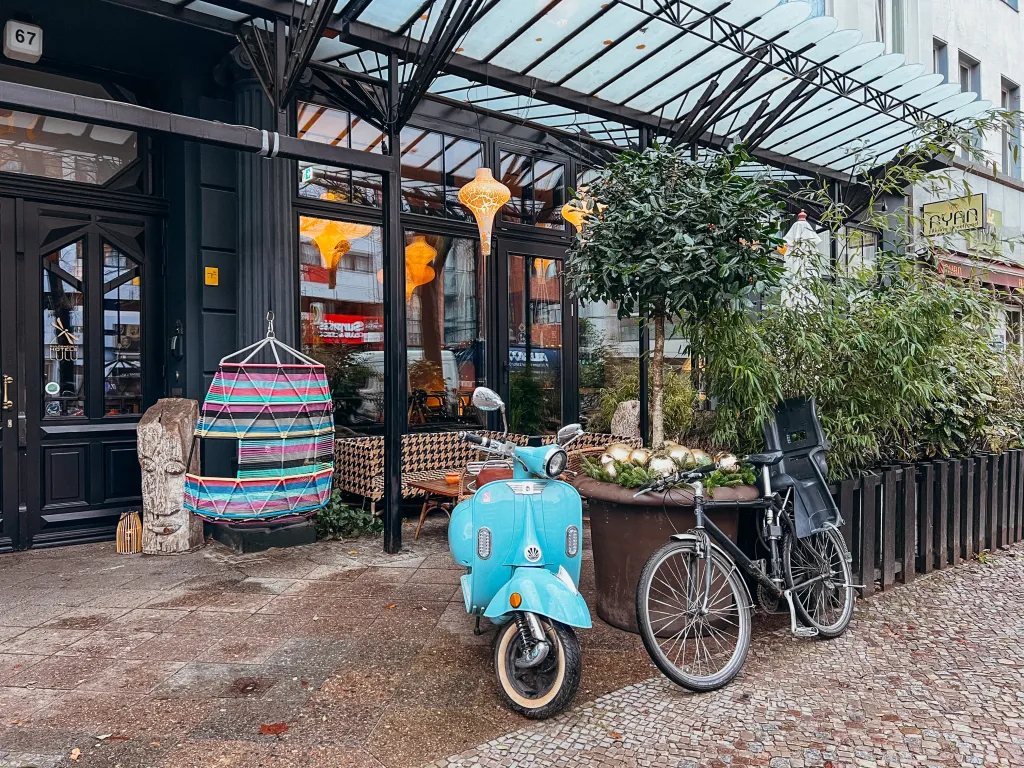
Berlin Transportation Guide
Berlin has an extensive public transportation network. Trains, subways, trams, trams and buses make it easy to reach every part of the city.
There are 3 districts in Berlin: A, B and C. Most attractions are located in A or B. The airport is in zone C. When using public transportation, you must validate your ticket. If you get on the bus without validating it and you are checked, you will have to pay a fine of 60€.
First of all, let me talk about transportation between Berlin Brandenburg airport and the city center. You can get to the center by a few different trains. One is Airport Express (FEX), which runs between Berlin Airport and Hauptbahnhof central train station. There is the S-Bahn train (S9), and there are also regional trains (RE8 AND RB23), which run from Alexanderplatz and other stops in the center. I use the S9 as I’m staying in Mitte and you can buy tickets at the airport.
For city transportation, a ticket is valid for two hours, but it is a one-way ticket, so return journeys are not included. One-way ticket prices are as follows.
EU region 3,50 €
BC region 4 €
ABC region 4,40 €
There are also public transportation cards valid for 24 hours, 48 hours, 72 hours and longer.
24 hours EU zone: 9,90 €
24-hour BC zone: 10,40 €
24-hour ABC zone: 11,40 €
There is also a Welcome Card, which gives you unlimited transportation as well as some discounts. There is also a version that includes discounts and transportation plus free admission to the Museum Island museums.
I was in Berlin for 5 days and I had to use public transportation a lot because I went to Christmas markets all over the city. I bought a 5-day unlimited Berlin WelcomeCard from the Welcome Center at the Berlin Airport and I was very comfortable. I bought the Zone ABC one, which included airport transportation and even the surrounding areas like Potsdam, but I didn’t have the chance to go there. The price was 52€.

Berlin Food Guide
First of all, let me talk about what to eat in Berlin. I think when you think of Berlin, the first food that comes to mind is Currywurst. This is a street food where sausage is served with curry tomato sauce. Also Döner Kebab is quite common, but a type of doner consisting of chicken doner and plenty of vegetables is famous here. Apart from these, there are many international cuisine options. Now let’s move on to venue recommendations.
Berlin Coffee Houses and Breakfast
Five Elephant Mitte: One of the places that coffee lovers should definitely visit. In addition to coffee, you can also buy small foods such as croissants and cookies. If you like coffee, they also sell beans. There are a few more branches in Berlin.
Father Carpenter: This is one of the first places that comes to mind when you think of breakfast and brunch in Berlin. They have delicious and hearty breakfast plates. The menu includes classic breakfast options such as avocado toast and eggs Benedict, as well as vegan options.
Ben Rahim: This is a coffee shop of Arab origin in Berlin. The coffee is really good, and they also serve croissants, sandwiches and granola plates. I recommend you to try their baklava.
19grams Alex: One of the good options for specialty coffee and breakfast in Berlin. There are several branches in Berlin, I’ve only experienced the one in Mitte.
Annelies: The real highlight of this place is their pancakes, and if you like pancakes, you should definitely eat them here. They also have other breakfast alternatives.
Albatross Bakery: The coffee here is good, but the almond croissants are really good, for those who are interested.
44 Brekkie: One of Berlin’s most famous breakfast places with its Egg Drop sandwich, it’s really good.

Berlin Street Food and Restaurant Recommendations
You must have heard of Mustafa’s Gemüse‘s famous döner kebab, even Kanye West waited in line for hours and it made the news. In principle, I’m not a person who waits in long lines, so I haven’t had it before. Last time I was there, luckily there were only 4-5 people and I had it. It’s quite good, but I think it’s a bit overrated, there are more vegetables and salads than doner kebab, that’s what gives it its taste. If there is an abnormal line here, they recommend Rüyam as an alternative, but I haven’t tried it.
Curry61: When in Berlin, you can’t miss currywurst at the most famous place. The sauce makes you eat, and there are also vegan options.
On Thursdays, there is a street food market in Markthalle Neun, you can try street flavors from different countries of the world.
Gazzo: A place in Berlin that makes Neapolitan-style pizza. There are different, delicious varieties and the pizza dough is really good.
Burgermeister: This place first started its life by turning an old toilet into a burger joint, and then other branches were opened. The burgers and fries are really good and there are vegan options.
Wen Cheng: If you want to eat Asian cuisine in Berlin, you can try the noodles here.

Berlin Shopping Guide
First of all, let me make a few suggestions on what to buy as souvenirs in Berlin. If you think of food and drink souvenirs, you can think of German beer, Berliner Luft liquor, chocolate and cheese.
There are many kinds of products from the traffic light men called Ampelmann, one of them can be bought as a souvenir. They also sell pieces of the Berlin wall, a bit too much like a tourist trap, but I bought it on my first visit, it’s a souvenir after all.
If you want to shop for brands, you should definitely go to Ku’damm boulevard. The Mitte district has shopping malls, local boutiques and souvenir shops. Friedrichstraße has big shopping centers like Galeries Lafayette and chic boutiques
Neukölln and Kreuzberg offer good options, especially for those looking for second-hand and vintage goods. There is also a flea market in Mauerpark on Sundays, so be sure to stop by if you are interested.

Things to do in Berlin
Brandenburger Tor: This historic gate has become a symbol of Berlin and is one of the city’s most important tourist attractions. Built to celebrate Napoleon’s victories, it is considered a symbol of freedom and unification.
Reichstag Building: The building where Germany’s federal parliament is located, with its glass dome, is open to visitors and admission is free, but you need to make a reservation in advance. You can watch the panoramic view of Berlin from the dome. Click Here for reservation.
DDR Museum: It offers an interactive experience of daily life in East Germany. It is a museum that gives you a perspective on what it was like to live in East Berlin during the Cold War and makes you feel the atmosphere of the period.
Museum Island: A UNESCO World Heritage Site, Museum Island includes world-renowned museums such as the Pergamon (Pergamon) Museum, the Altes Museum (Roman and Greek), the Neues Museum (Prehistoric and Egyptian), the Bode Museum (Byzantine) and the Alte Nationalgalerie (19th century art).
If you like visiting museums, I recommend buying a 3-day Berlin Museum Pass. Including the museums on Museum Island, you get free entry to around 30 museums in Berlin for 3 days.
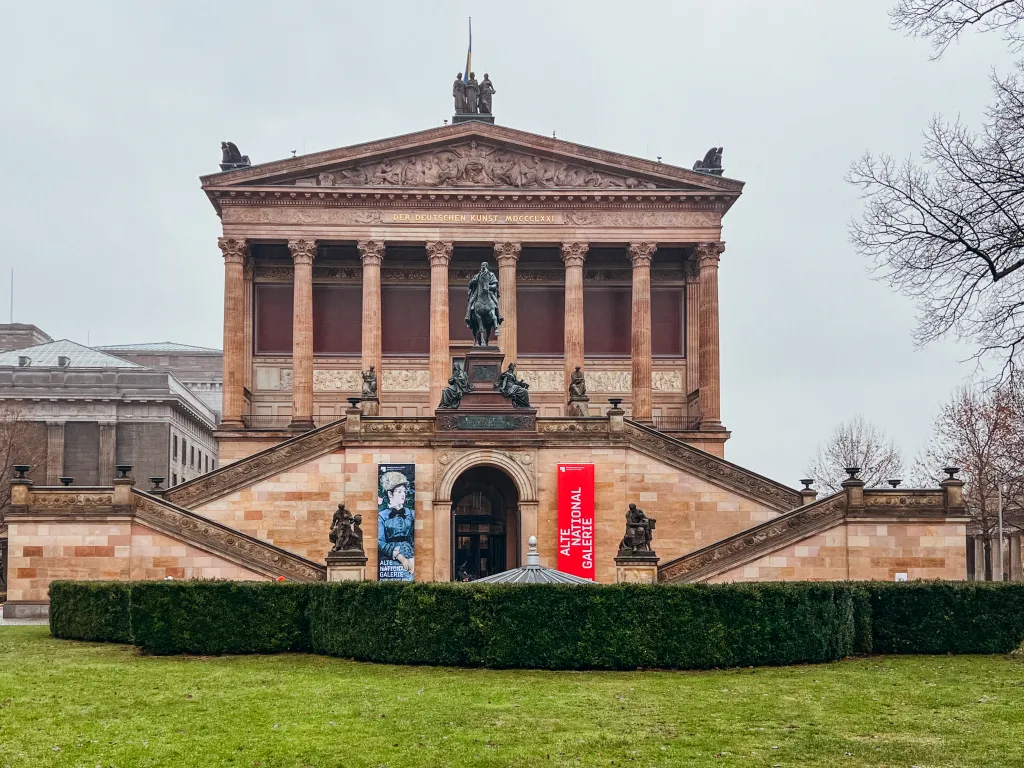
Alexanderplatz and Fernsehturm: Alexanderplatz is one of the busiest squares in Berlin, with its television tower and shopping malls that can be seen from most parts of Berlin.
Checkpoint Charlie: During the Cold War, it was the most important border crossing point separating East and West Berlin.
Charlottenburg Palace: One of the most magnificent palaces in Berlin, Charlottenburg is an impressive palace with its architecture and beautiful gardens. It houses royal history and art collections.
Holocaust-Mahnmal: The Memorial to the Holocaust of European Jewry commemorates the six million Jews who were genocided under the Nazi regime. Spread over an area of 19,000 square meters, it consists of 2,711 concrete blocks of different heights. These blocks are arranged like a labyrinth that visitors can navigate through. They wanted the order and elevation of the blocks to create a sense of perspective and imbalance that changes as you walk through it, creating a sense of pressure on the visitors. These features of the design are intended to reflect the feeling of isolation and helplessness brought about by the genocide.
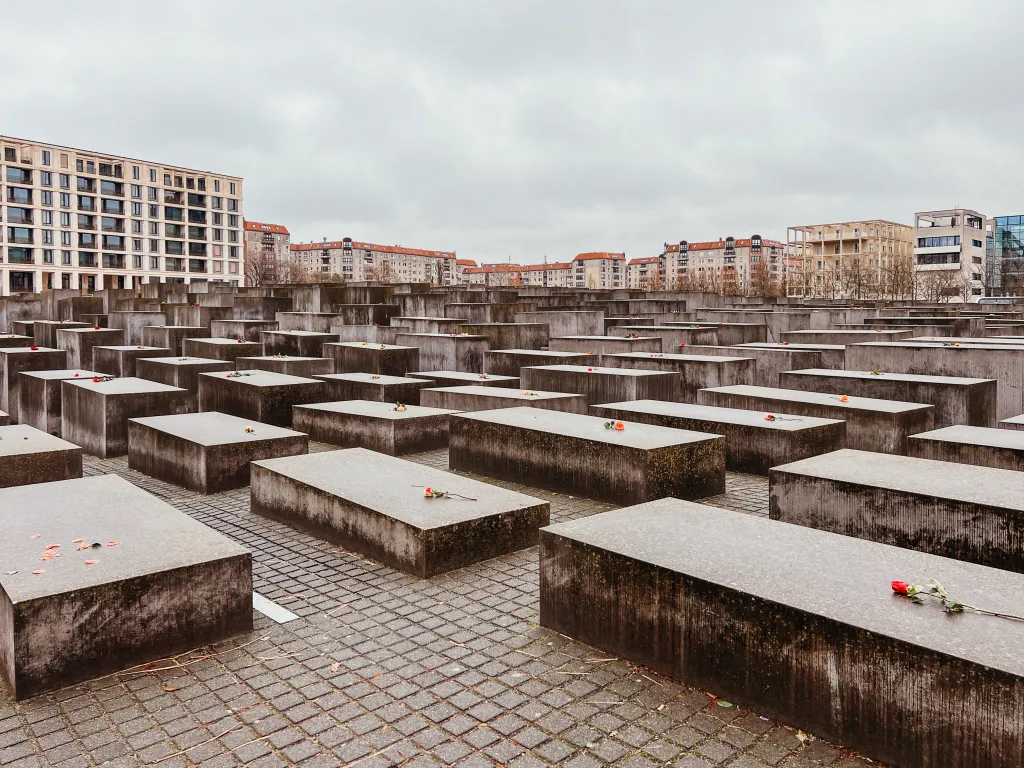
Kreuzberg: I can say that Kreuzberg is Berlin’s most vibrant neighborhood and the area that best reflects the cultural diversity of the city. It stands out with its graffiti, art galleries, different restaurants and boutiques. On May 1st, if you happen to be in Berlin, the celebrations are also held here, we came across it once before, it was very enjoyable.
Berliner Dom: One of the most impressive religious buildings in the city and located at the northern end of Museum Island. Inside the cathedral are the tombs of the Hohenzollern dynasty. It is a very magnificent building, entrance is 10€.
Kurfürstendamm: This is one of the most famous shopping streets of the city. Luxury boutiques, international brands, restaurants and cafes line the long boulevard. There is also the Kaiser Wilhelm Memorial Church (Gedächtniskirche) on this street.
Nikolaiviertel: One of the oldest settlements in Berlin. Its narrow streets and buildings dating back to the Middle Ages create a very photogenic view. It is located close to Alexanderplatz. You can visit the medieval Nikolaikirche (Church of St. Nicholas), but the entrance is paid and I personally wasn’t that interested. There are traditional German restaurants, cafes and souvenir shops.
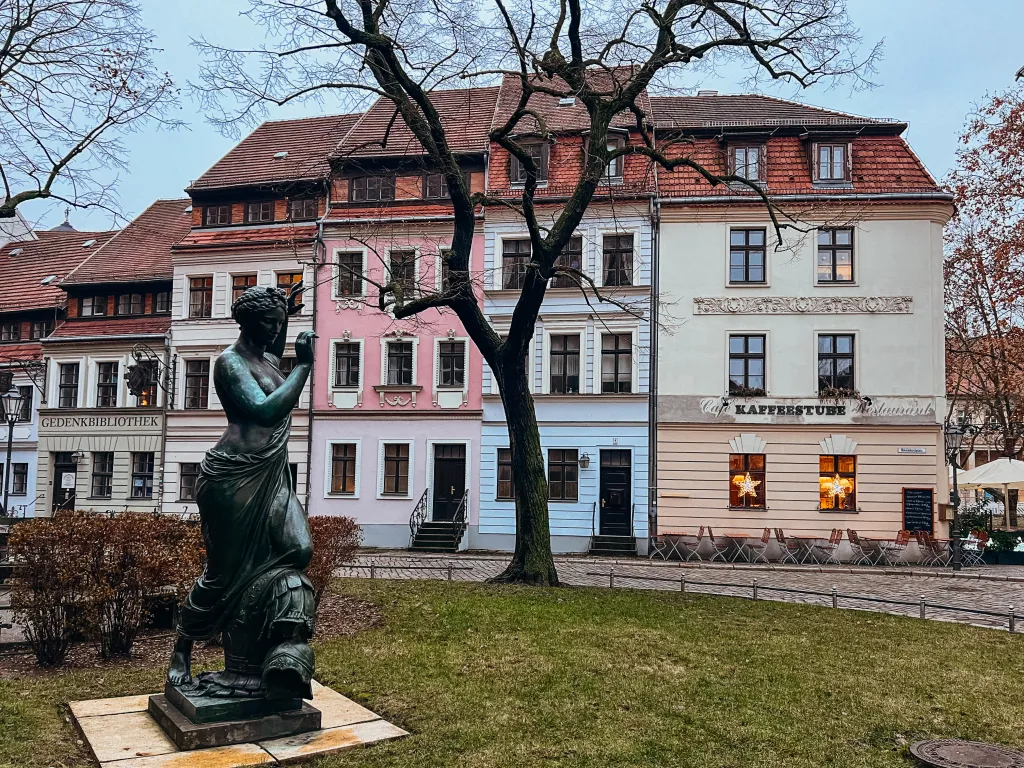
Potsdamer Platz: This area, where the Berlin Wall passed during the Cold War, has undergone a major transformation since the early 1990s. Today, it stands out with its famous buildings such as the Sony Center, shopping malls and entertainment venues.
Jewish Museum Berlin: One of the largest Jewish museums in Europe. It tells the experiences of the Jewish people in Germany throughout history. The museum is interesting with its architecture and exhibitions. It also deals with dark periods such as antisemitism, exile and genocide.
East Side Gallery: This is the longest preserved part of the Berlin Wall, one of the most tangible reminders of the Cold War. It is famous for its murals painted by international artists.
Friedrichshain: Berlin’s bohemian neighborhood full of street art, alternative venues, hipster cafes and bars. It draws attention with its art and cultural centers like RAW-Gelande where old factories have been converted. There are tiny disco huts called teledisko here. You throw money in, there is loud music playing inside, I think it’s a lot of fun. I think up to 3 people can fit inside, I went in alone.

Day Trips from Berlin
Berlin is a very busy city, so you probably won’t have time for day trips, but for those who have a long time, here are some places to visit on a day trip from Berlin. I’ll also include how long it takes to get there one way by train.
- Potsdam – 35 min.
- Sachsenhausen (former Nazi concentration camp and Soviet prison camp) – 45 min.
- Spreewald (UNESCO Biosphere Reserve) – 1 hour 15 min.
- Hamburg – 1 hour 45 min.
- Leipzig – 1 hour 45 min.
- Dresden – 2 hours
- Görlitz – 2 hours 40 min.
- Lüneburg – 2.5 hours
- Poznan (Poland) – 2 hours 45 min.
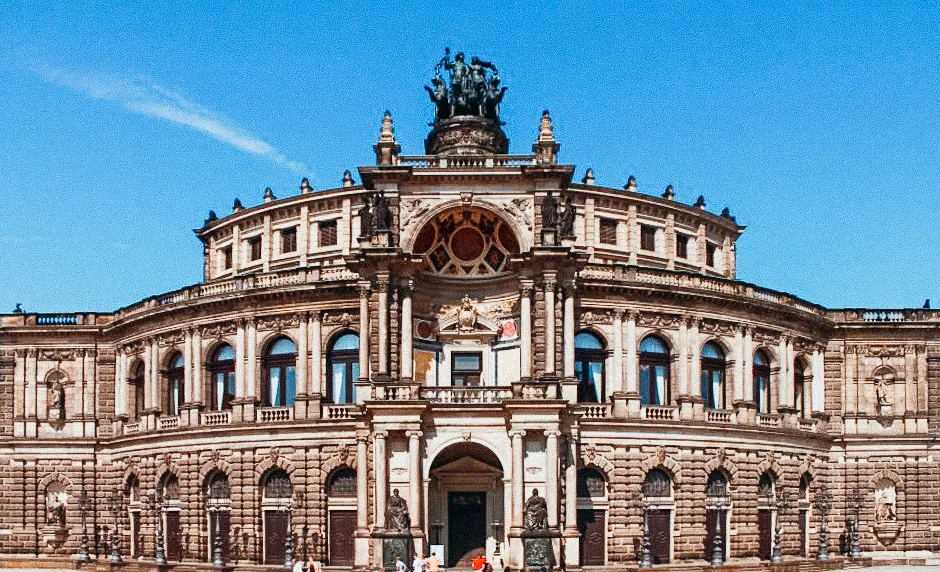
Is Berlin Cheap or Expensive? Berlin Travel Budget
Berlin is a relatively affordable city compared to other major European capitals. The cost of your trip will vary depending on the tourist activities you participate in and the level of comfort you prefer. Based on my experience, I will share more or less budgets.
In Berlin, street food such as currywurst or doner kebab costs around 3€-7€. If you want to eat in an average priced restaurant, a plate costs between 10€-15€. Coffee costs around 3-5€, breakfast plate costs around 10-12€.
Hostels and low-cost hotels are around 30€-60€ per night. For a slightly more comfortable hotel or a nice Airbnb, you can budget between 80-120€ per night.
Many museums and galleries in Berlin have an average entrance fee of €10-15. By purchasing tourist cards such as the Berlin WelcomeCard, you can benefit from discounts on public transportation and many museums and attractions. There are also many free things to do in the city.

I hope my Berlin Travel Guide will be useful for you and you will plan a nice trip to Berlin. There may be some things I missed, if you have any other questions, please leave them in the comments. If you have any extra suggestions, I would also welcome them in the comments. Have a nice trip!
Don’t forget to follow me for more photos and to be informed about my future posts!
Instagram: lifetime.journey
Tiktok: ihdcnwbcmw.com
Facebook: ihdcnwbcmw.com
Discover more from LIFETIME JOURNEY
Subscribe to get the latest posts sent to your email.